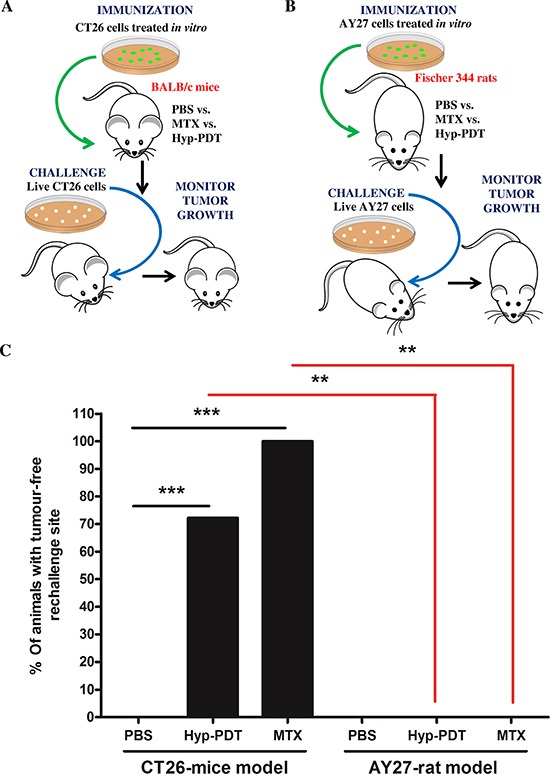Figure 1. Rat bladder carcinoma AY27 cells exhibit resistance to ‘anticancer vaccination effect’ associated with ICD inducers.

CT26 cells A. or AY27 cells B. were treated in vitro with Hyp-PDT (150 nM Hyp incubated for 16 h followed by irradiation with light fluence of 2.70 J/cm2) or mitoxantrone (MTX; 1 μM), followed by recovery at 24 h post-treatment. These treated CT26 and AY27 cells were then injected subcutaneously into BALB/c mice (PBS, n = 10 mice; Hyp-PDT, n = 18 mice; MTX, n = 6 mice) and Fischer 344 rats (PBS, n = 6 rats; Hyp-PDT, n = 6 rats; MTX, n = 6 rats), respectively. Eight to ten days post-vaccination, the mice and rats were challenged in contra-lateral flank with live CT26 (A) and live AY27 (B) cells, respectively. Mice or rats injected with PBS were utilized as placebo-controls. C. This was followed by monitoring of tumour incidence at the challenge site. Statistical analysis was performed using the Fischer's exact test; statistical significance between conditions is indicated by the bars (*p < 0.05, **p < 0.01, ***p < 0.0001).
